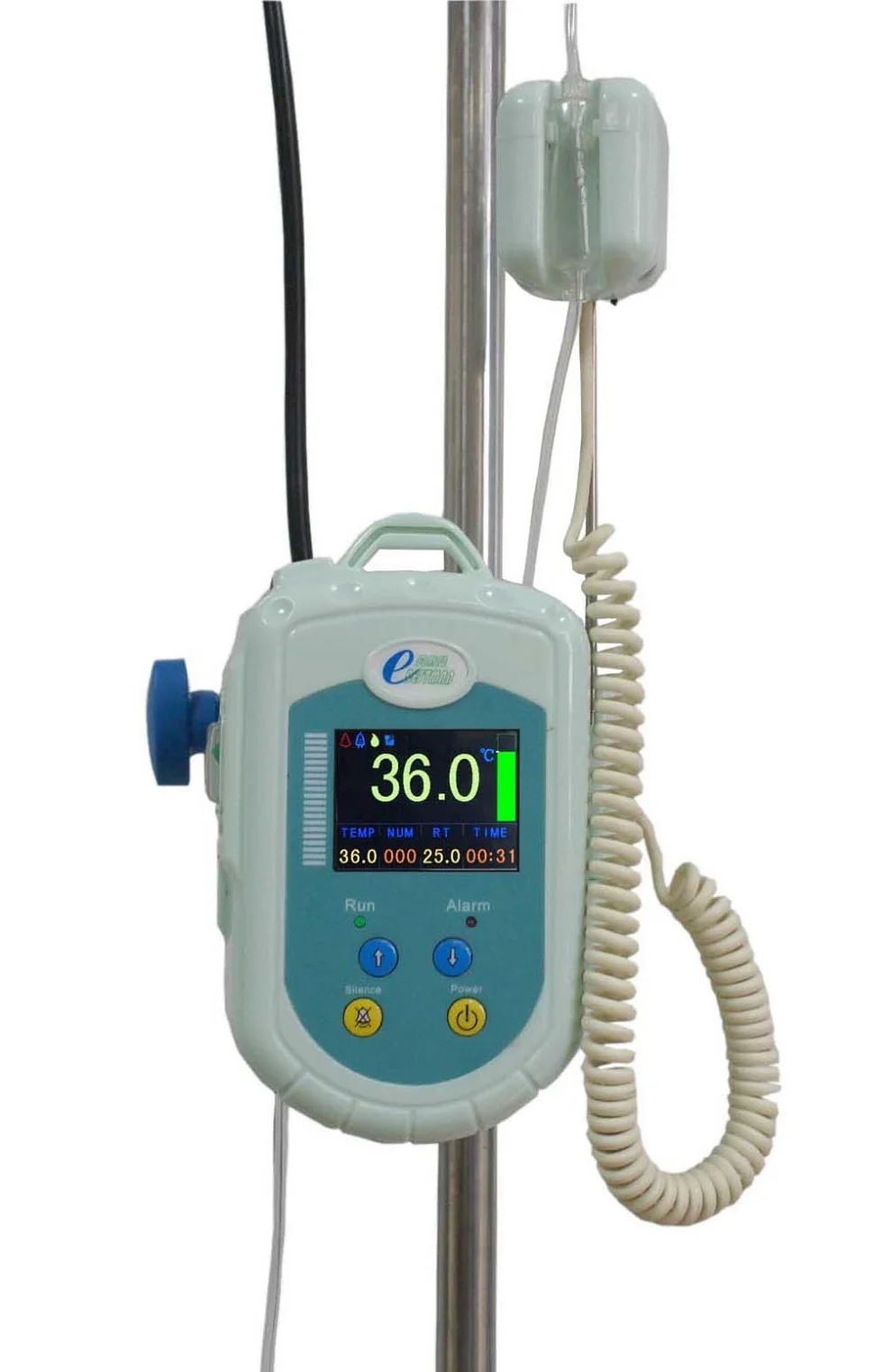Warm Iv Fluids Or Blood Can Be Transfue
Posted : admin On 14.10.2019Paediatric intraoperative transfusion therapy, particularly the approach to massive blood transfusion (blood loss ≥ one blood volume) can be quite complex because of the unique relationship between the patient's blood volume and the volume of the individual blood product transfused. The Fluido® warms blood and fluids utilising infrared lamps, a new patented technique. Infrared is a dry, fast and accurate method of heating. This heating technique requires minimal maintenance. The Fluido® performs at all flow rates ranging from 15 to 800 ml/min. This means that the Fluido® can be used for all applications. 2 Use a separate IV line if an intravenous fluid other than normal saline has to be given at the same time as blood components. Recording the transfusion Before administering blood products, it is important to write the reason for transfusion in the patient’s case-notes.
Packed RBCsShould be transfused over 2 to 3 hours; if patient cannot tolerate volume over a maximum of 4 hours, it may be necessary for the blood bank to divide a unit into smaller volumes, providing proper refrigeration of remaining blood until needed. One unit of packed red cells should raise hemoglobin approximately 1%, hemactocrit 3%.PlateletsAdminister as rapidly as tolerated (usually 4 units every 30 to 60 minutes). ADVERTISEMENTIndicated for treatment of hemophilia A; heat-treated product decreases the risk of hepatitis and transmission.Prothrombin complexIndicated in congenital or acquired deficiencies of these factors. ADVERTISEMENT.
Rise in venous pressure. Dyspnea. Crackles or rales. Distended neck vein. Elevated BP5.

Hemolytic reaction – it is caused by infusion of incompatible blood products.Assess for:. Low back (first sign). Matt Vera is a registered nurse with a bachelor of science in nursing since 2009 and is currently working as a full-time writer and editor for Nurseslabs. During his time as a student, he knows how frustrating it is to cram on difficult nursing topics and finding help online is near to impossible. His situation drove his passion for helping student nurses through the creation of content and lectures that is easy to digest. Knowing how valuable nurses are in delivering quality healthcare but limited in number, he wants to educate and inspire students in nursing.
Warm Iv Fluids Or Blood Can Be Transfuse
As a nurse educator since 2010, his goal in Nurseslabs is to simplify the learning process, breakdown complicated topics, help motivate learners, and look for unique ways of assisting students in mastering core nursing concepts effectively. Nurseslabs.com is an education and nursing lifestyle website geared towards helping student nurses and registered nurses with information for the betterment of their nursing careers. Since we started in 2010, Nurseslabs has been visited over 100 million times (as of 2018) and has become one of the most trusted nursing websites helping thousands of aspiring nurses achieve their goals.Our ultimate goal is to help address the nursing shortage: inspiring aspiring nurses that a career in nursing is an excellent choice, guiding students become nurses, and the working nurse – helping them achieve success in their careers.
SummaryEach blood product transfused carries a small risk of an acuteor late adverse effect. Medical officers prescribing transfusion should carefullyselect patients who will benefit from transfusion therapy accordingto established criteria. Document the indication for transfusion in the medical record. The patient/parents should be informed of thepossible adverse effects that may occur. Staff should follow hospital procedures for the collection ofpretransfusion samples and for blood administration and adhere toall steps in the process. Patients should be monitored closely especially at thebeginning of a transfusion.
Any adverse reaction to the transfusion of blood or bloodproducts should be reported to the patient's treating doctor and tothe hospital blood bank as soon as possible. Speed is essentialbecause of the possible life-threatening nature of acutetransfusion reactions. Reactions are reviewed by the RCH Blood Management Committee, and Serious Reactions are reported to the Serious Transfusion Incident Reporting (STIR) haemovigilance system, Blood Matters Program, Department of Health. All blood product related incidents (not suspected reactions) including wastage should be reported in VHIMSThe most common immediate adverse reactions to transfusion arefever, chills and urticaria. The most potentially significantreactions include acute and delayed haemolytic transfusionreactions and bacterial contamination of blood products.
Tum ho paas kehne ko humsafar hai mp3 download. During theearly stages of a reaction it may be difficult to ascertain thecause.Immediate patient management comprises stopping the transfusion,reperforming the pretransfusion checklist, documentingobservations, providing immediate patient care and contacting thetreating medical officer.In certain cases of mild urticarial reactions or the presence ofrepeated chill-fever reactions in multiply transfused patients, themedical officer may elect to restart the transfusion afterevaluation and treatment of the patient.